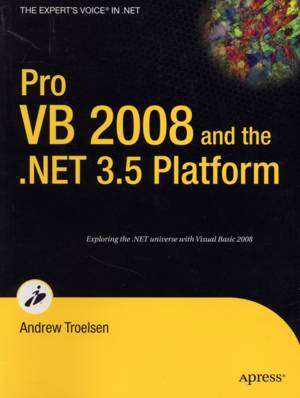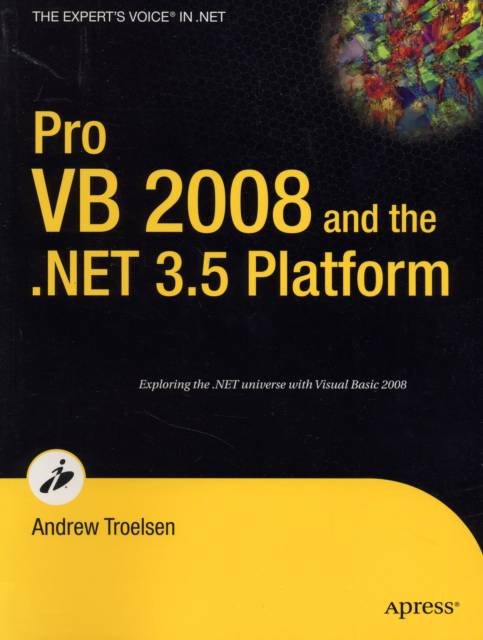
- Afhalen na 1 uur in een winkel met voorraad
- Gratis thuislevering in België vanaf € 30
- Ruim aanbod met 7 miljoen producten
- Afhalen na 1 uur in een winkel met voorraad
- Gratis thuislevering in België vanaf € 30
- Ruim aanbod met 7 miljoen producten
Zoeken
€ 66,45
+ 132 punten
Omschrijving
The point of this chapter was to demystify the garbage collection process. As you have seen, the garbage collector will only run when it is unable to acquire the necessary memory from the m- aged heap (or when a given AppDomain unloads from memory). When a garbage collection does occur, you can rest assured that Microsoft's collection algorithm has been optimized by the use of object generations, secondary threads for the purpose of object finalization, and a managed heap dedicated to host large objects. This chapter also illustrated how to programmatically interact with the garbage collector using the System. GC class type. As mentioned, the only time when you will really need to do so is when you are building finalizable or disposable class types. Recall that finalizable types are classes that have overridden the virtual System. Object. Finalize() method to clean up unmanaged resources (at some time in the future). Disposable objects, on the other hand, are classes (or structures) that implement the IDisposable interface. Using this technique, you expose a public method to the object user that can be called to perform internal cleanup ASAP. Finally, you learned about an of- cial "disposal" pattern that blends both approaches. PART 3 Advanced VB Programming Constructs CHAPTER 9 Working with Interface Types This chapter builds on your current understanding of object-oriented development by examining the topic of interface-based programming.
Specificaties
Betrokkenen
- Auteur(s):
- Uitgeverij:
Inhoud
- Aantal bladzijden:
- 1377
- Taal:
- Engels
- Reeks:
Eigenschappen
- Productcode (EAN):
- 9781590598221
- Verschijningsdatum:
- 1/11/2007
- Uitvoering:
- Paperback
- Formaat:
- Trade paperback (VS)
- Afmetingen:
- 184 mm x 230 mm
- Gewicht:
- 1782 g

Alleen bij Standaard Boekhandel
+ 132 punten op je klantenkaart van Standaard Boekhandel
Beoordelingen
We publiceren alleen reviews die voldoen aan de voorwaarden voor reviews. Bekijk onze voorwaarden voor reviews.








